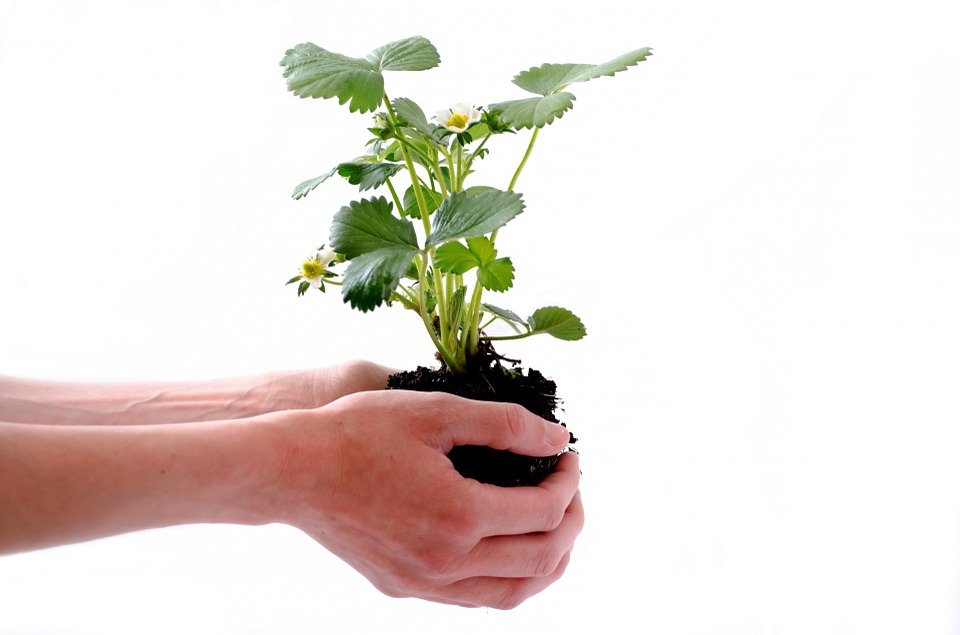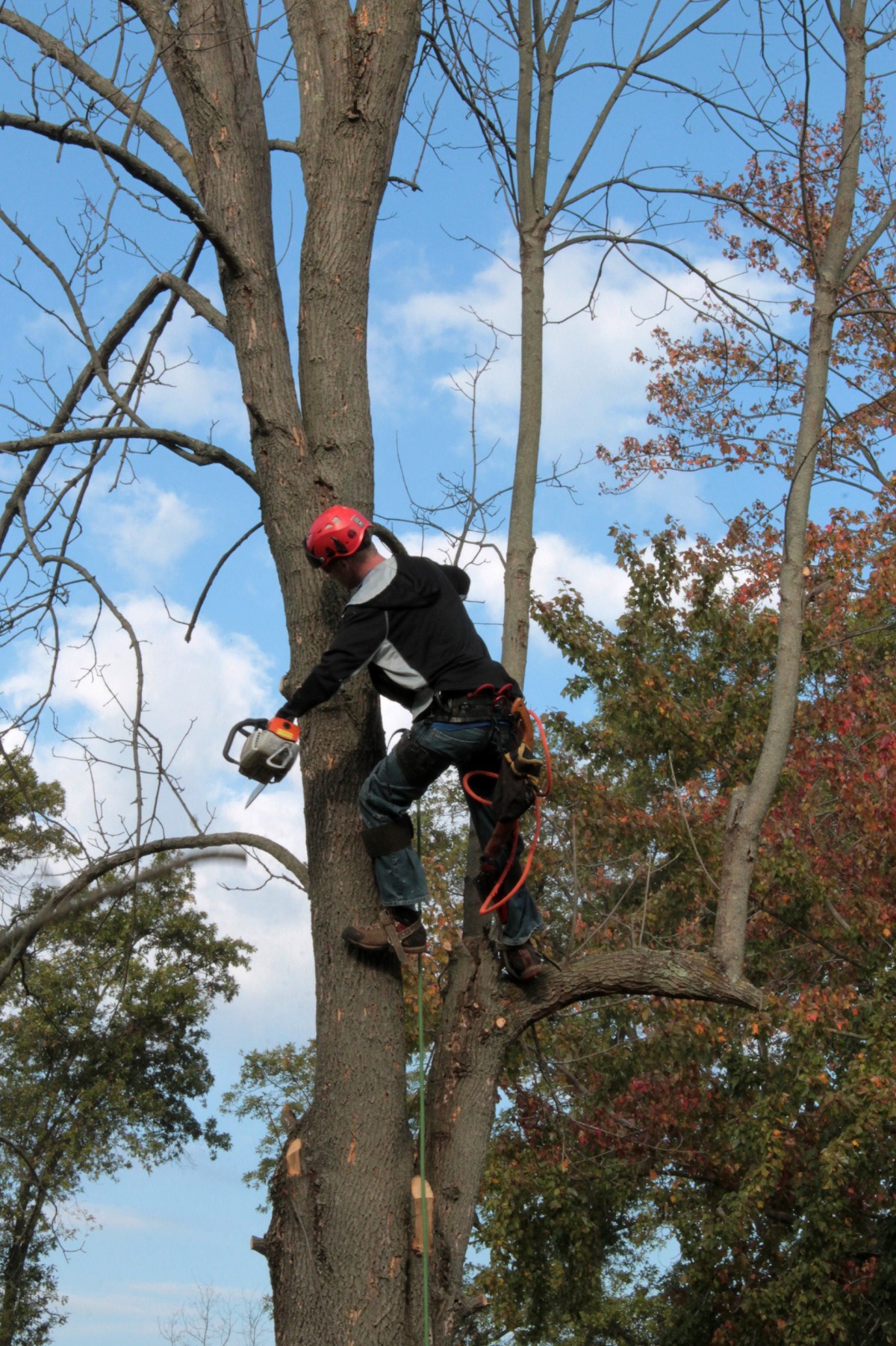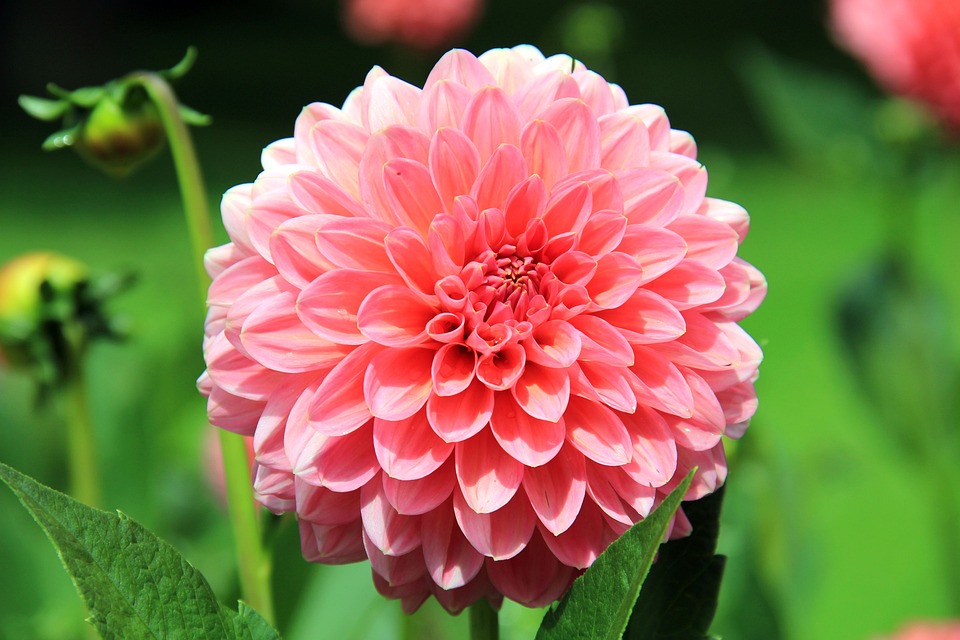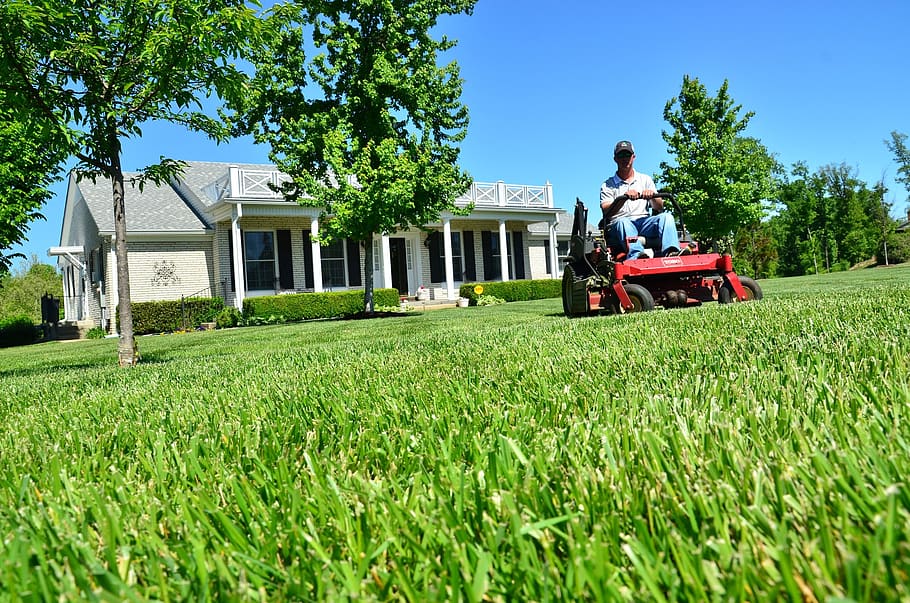The plants that grow upon the earth’s land areas could not exist without the thin, loose surface layer that we call the soil. It provides plants with mechanical support or anchorage –it offers mineral nutrients essential for plant growth. Water and air that have been trapped within it are made available to the roots. Not only plant life, but also animal life, is dependent on soil; animals’ foods are derived directly or indirectly from plants.
Weathered rock particles make up a large portion of the soil film; the remainder is made up of organic matter decay products (that is, loving or formerly living substance). The soil is not an inert, unchanging body and it is constantly being transformed by the activities of living organisms.
You can dig up a spadeful of garden soil in a matter of seconds, but it has taken nature countless centuries to create.
The weathering of rocks at the earth’s surface is the first step in soil formation. As a result, there is a massive accumulation of rock debris above the bedrock. This debris is known as the regolith (from two Greek words that mean “stone blanket”), and it is not the soil itself, but rather its forerunner or parent.
Nutrients Provided for Plants by Soils
All soils –mollisols, spodosols, alfisols and the rest – provide the vegetation that flourishes on them with a variety of nutrients. Water, nitrogen, phosphorus, sulfur, potassium, calcium and magnesium are generally present in relatively large amounts. Other vital soil elements – absorbed in smaller quantities and therefore called trace elements – include iron, manganese, boron, zinc and copper. Some plants seem to require still other nutrients, such as sodium, molybdenum, chlorine, fluorine, iodine, silicon, strontium, barium and cobalt.
Nitrogen

It is among the most essential of all the soil elements required by plants. Most of it is held in plant remains in the form of such compounds like proteins and amino acids. Soil microbes decompose these to ammonium salts. Then certain bacteria oxidize the ammonium (combine it with oxygen) to form nitrite and nitrate salts by the process called nitrification. Plants can use both ammonium and nitrate –they absorb these two substances from the soil solution.
Bacteria living in the root nodules of leguminous plants such as alfalfa, clover, cowpeas, beans and lupines obtain free nitrogen from the soil air and synthesize or fix its complex forms, which are then used by the legumes. When these plants die, they contribute their nitrogen-containing tissues to the soil’s organic matter. Other bacteria take nitrogen from the air found in the soil and incorporate it into their bodies. When they die, they decompose, releasing nitrogen compounds for use by higher plants. Small quantities of nitrogen, in the form of ammonium and nitrate, are brought to the soil by rain water. These compounds have been produced through electrical activity in the atmosphere.
Phosphorus

It occurs in the soil in the mineral apatite and in phosphates of calcium, iron and aluminum and it is also found in various organic compounds. It is released from these materials as various chemical changes occur. Phosphorus is taken up by roots in the form of phosphate ions.
Sulfur

It is found in the minerals pyrite and gypsum. These minerals are decomposed chemically and the product is acted on by soil bacteria. Sulfates that can be absorbed by plants then become available.
Potassium, Calcium and Magnesium

These are all metals. Potassium is contained in feldspar and mica, calcium in feldspar, amphibole, calcite and dolomite while magnesium is in mica, amphibole, dolomite and serpentine. As
these minerals react with water or with other substances in the soil, they liberate potassium, calcium and magnesium ions, which all have a positive electric charge.



